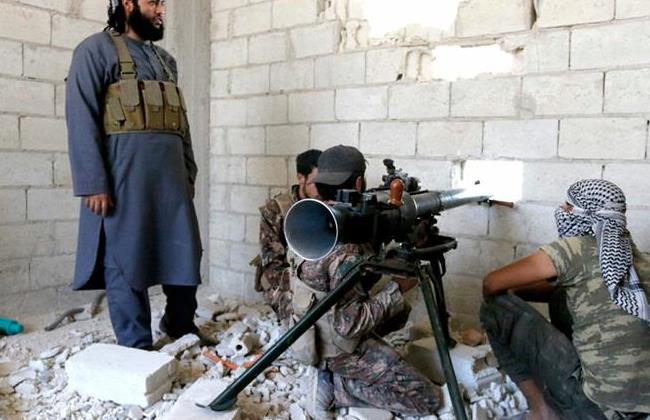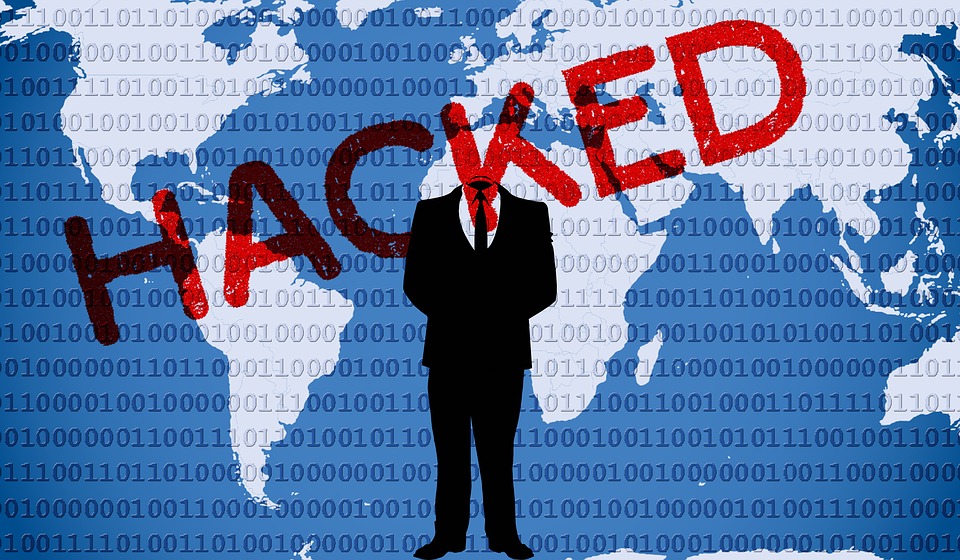The most important things you need to know about a cyberwar
10/07/2015 / By usafeaturesmedia

(Cyberwar.news) The terms hacking, cyber attack, cyberwarfare and cyber conflict are at times interchangeable. In fact, most people will simply settle on the term cyberwar – the subject and title of our website – to describe all instances involving electronic penetration and theft of and from computer systems in the private sector, government and defense, and infrastructure.
But clearly a “cyberwar” is something that is much different – and much more serious – than any of the other sub-categories of electronic penetration. In this piece, we’ll introduce you to the most important things you need to know and understand about a true cyberwar, as noted by The Washington Post.
— Use of terminology: As noted above, terminology is important. As the Post noted in a recent article, “Many cyber-scholars have been sloppy in their usage of terms.” That has led to far too many definitions of the related terms, as documented by New America. Now, nearly everything is classified as a “cyber attack,” rendering the term meaningless. That’s important, because if we cannot properly classify or describe the cyber event, then we won’t be able to identify the serious from the non-serious and, hence, we will be unable to form coherent policy and appropriate responses.
“What happens on the physical layer of cyberspace is where political questions operate,” the Post notes. Therefore, cyber conflict – or cyberwar, if you will – ought to be defined as the use of computational means, through microprocessors and other associated technologies, in cyberspace for malevolent and/or destructive purposes so as to affect, change or modify diplomatic and military interactions between two or more entities.
War itself is a form of political action; the use of conventional military force is an extension and combination of a country’s foreign policy, political and national security objectives, and so we must define cyberwar within that same context.
— Need for data and theories: As a nation, we should develop theories of cyber action within the field of cybersecurity. Without them, the Post notes, key aspects of cyber-dynamics will be left unexplained, unexplored or ignored in favor of broader, less specific dimensions.
“Our counterintuitive theory suggests that rivals will tolerate cybercombat operations if they do not cross a line that leads directly to the loss of life. Put simply, cyber-actors show a remarkable degree of restraint. To support, we need data,” the Post observed.
— Cyber tactics not often used: Thus far, cyber attacks, assaults, penetrations, etc., have not often been used; an analysis by the Post found that just 16 percent of all rivals have even engaged in cyberwar on any level.
“In, total, we recorded 111 cyber-incidents and 45 disputes over the period of relations among the 20 rivals,” said the paper. “The most frequent users appear to be China as an attacker and the U.S. as the attacked. Other frequent offenders include states such as India, Japan, North Korea and Russia, all with ongoing international conflicts, suggesting the context of disputes matters a great deal.”
— Are we actually in an era of “cyberpeace”? Though some breaches of U.S. systems have been high-profile, such as the alleged Chinese theft of data on more than 20 million current and former U.S. government employees and operatives around the world, via a breach of the Office of Personnel Management computers, overall the level of severity of all combined cyber incidents and disputes have been low, on average. Most – 73 percent, as the Post analysis found – have been mere nuisances or minor disruptions.
“This is surprising, considering how widely the media and military are aware of these possible conflicts. It is also perplexing considering these states are active rivals who seemingly are willing to utilize any tactic to harm their enemy,” the Post said, noting that it’s more likely the world is currently in a period of “cyberpeace.”
— Regional “conflicts”: Thus far, according to analyses, most cyber incidents appear to be between regional nemeses and competitors. There are exceptions for the U.S., considering active probing by China, Russia, Iran and others of American systems. But overall, most tend to be more regional, the Post analysis found.
— It’s really just a newer form of spying: Cyber incidents should more often than not be classified as simple espionage – spying – which is something nation states have done since the beginning of the modern era. Especially after World War II and the onset of the Cold War, the U.S. and the former Soviet Union built much of the espionage infrastructure that is still in use today. Cyber probing of systems is just one method of spying, along with open source intelligence, human intelligence and satellite intelligence.
— Inflated threat? Some have said that true cyberwar is a threat that is overplayed, and that may be true to some extent, if only because conventional war between large and great powers is considered to be nearly impossible in the nuclear age. But then again, cyber systems are used to control most all conventional warfare systems, so the threat comes from an enemy achieving cyber superiority and a sort of “first strike” capability that could disable an enemy’s overall command-and-control infrastructure, making a counterstrike impossible or ineffective. So the threat, however remote, remains very real.
What will the future bring? Likely there will be more cyber activity, not less, so it will be important to properly classify the cyber action, whatever it is, so that we can develop appropriate responses, even as we always work to harden cyber defenses and counterstrike capabilities.
Have you ‘liked’ Cyberwar.news on Facebook? Click here!
Check out AlternativeNews.com for more breaking news for more breaking news on important issues ignored by the mainstream media.
See also:
Tagged Under: China, cyberwar, electronic surveillance, espionage, hacking, nuclear arsenal, Russia, United States, War




















